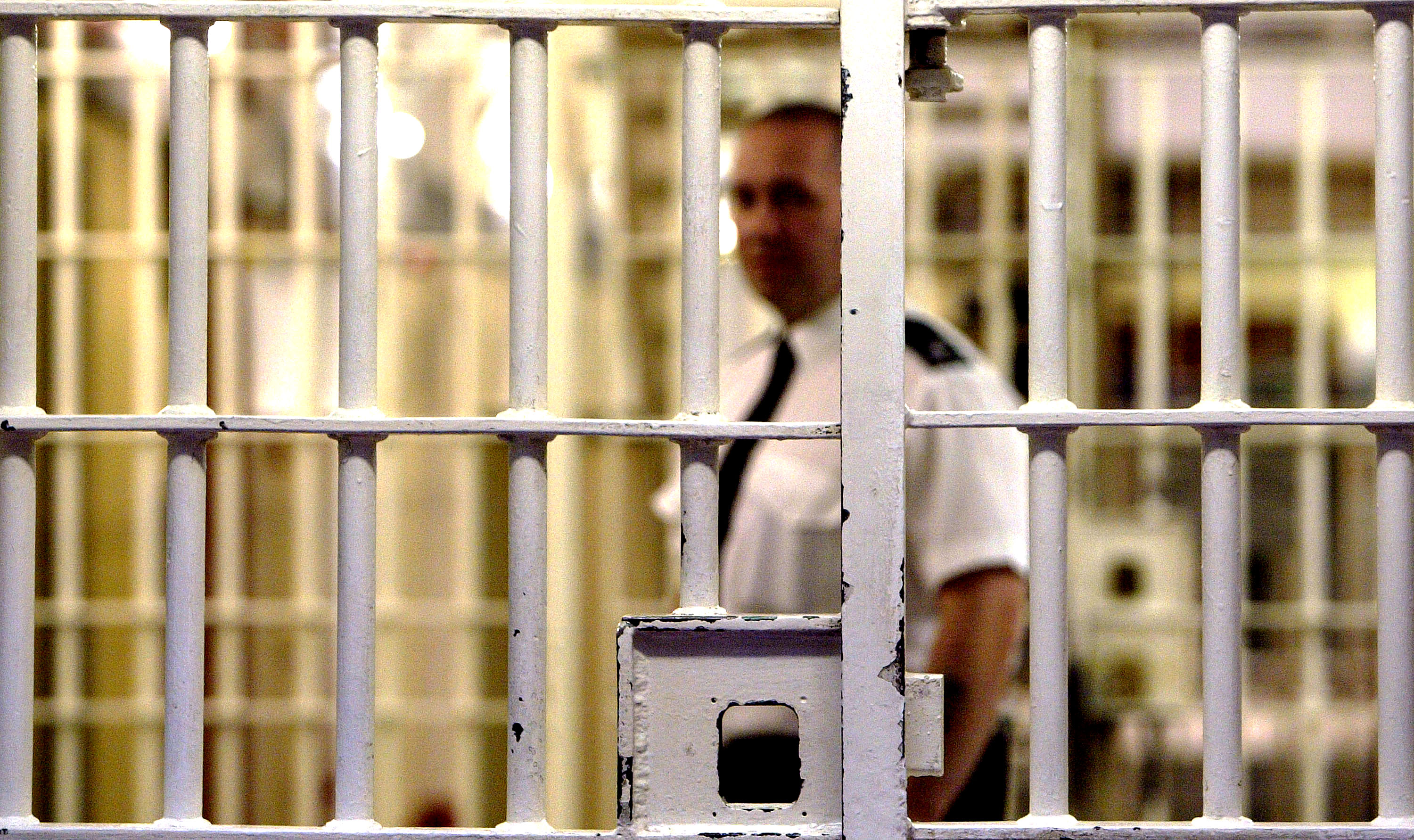Reducing the Prison Population Doesn’t Increase Crime

Many Americans oppose policies that create alternatives to prison sentences for those who break the law. There’s sometimes a fear that reducing the prison population will cause waves of new crime, a perception that it is simply not a safe practice.
For this reason, some were quite wary of California’s Public Safety Realignment policy of 2011, an attempt to deal with the state’s overcrowded prisons by taking certain classes of low-level offenders out of the system. Now, those with non-serious, non-violent, non-sex offenses serve out their sentences in county jails rather than state prisons, and the prison population has dropped as a result.
But despite the fear of violence, California hasn’t seen wild increases in crime. In fact, crime rates now are the same as they would have been if the prison population had remained at 2010 levels. It seems as though the fear of increased crime was much more of a perception than a real threat.
It turns out perception is a recurring theme when it comes to criminal justice policy. Marie Gottschalk explains how past perceptions of escalating crime helped lead the U.S. to the situation of punitive prison policies. Even after crime rates had stopped rising, politicians continued to pass harsh sentencing laws.
Another interesting realm of perception in the criminal justice system is the intersection with mental illness. People have a tendency to see the mentally ill as violent criminals, when in reality the vast majority are not. Cases involving mentally ill individuals may have a certain unique or sensational element that keeps them alive in our fears and memories disproportionate to actual rates of crime.
The challenge for the coming years then seems to be how to set criminal justice policy that is responsive to actual issues on the ground, rather than just the perceptions of them.
—
Header Image: Ian Waldie / Staff (Getty Images)




